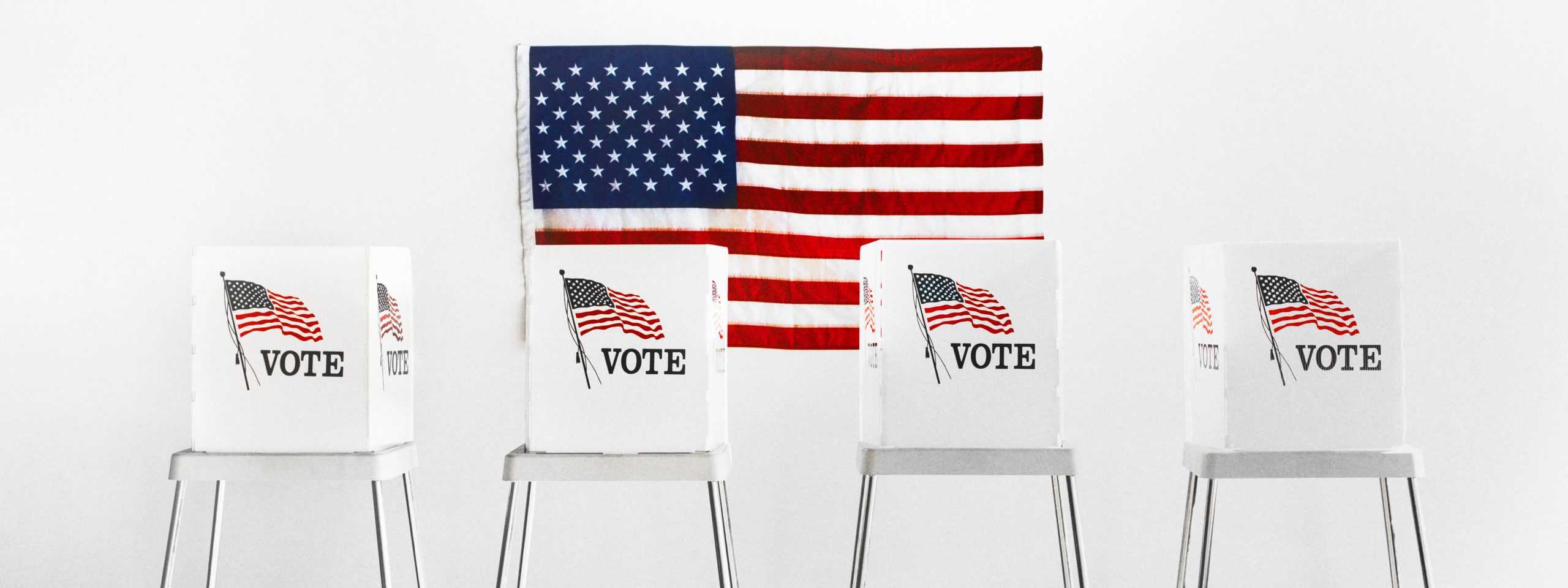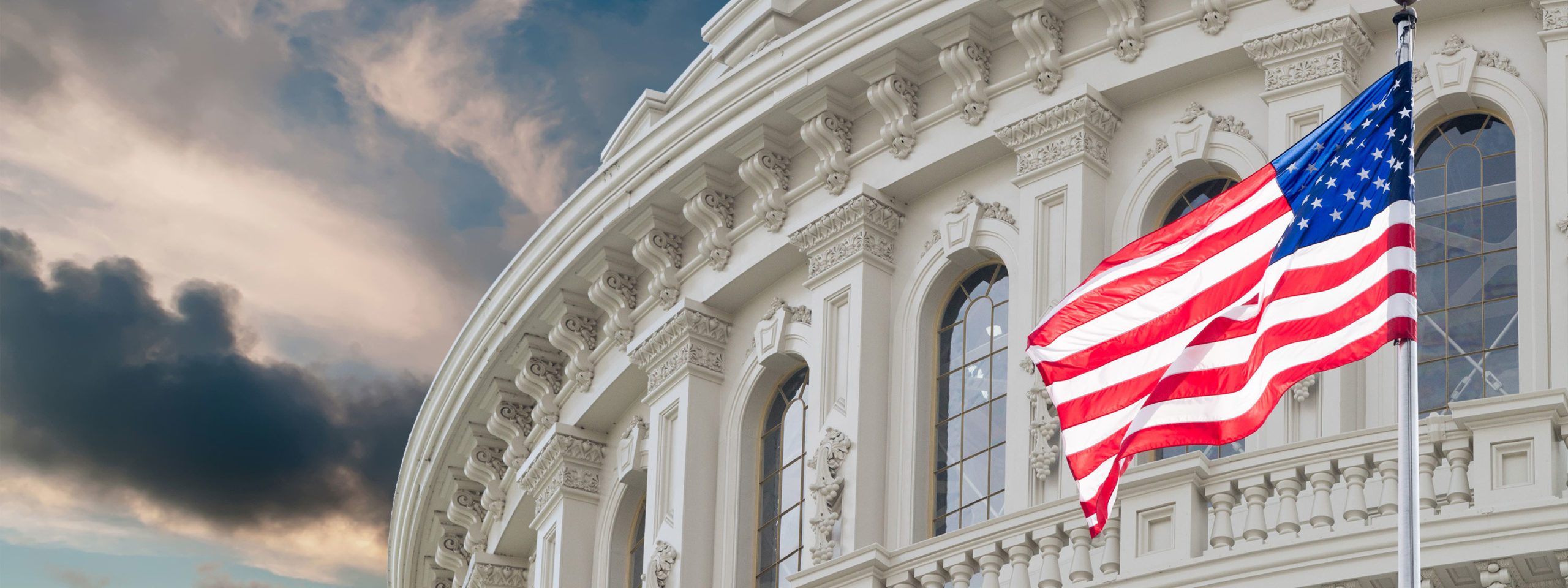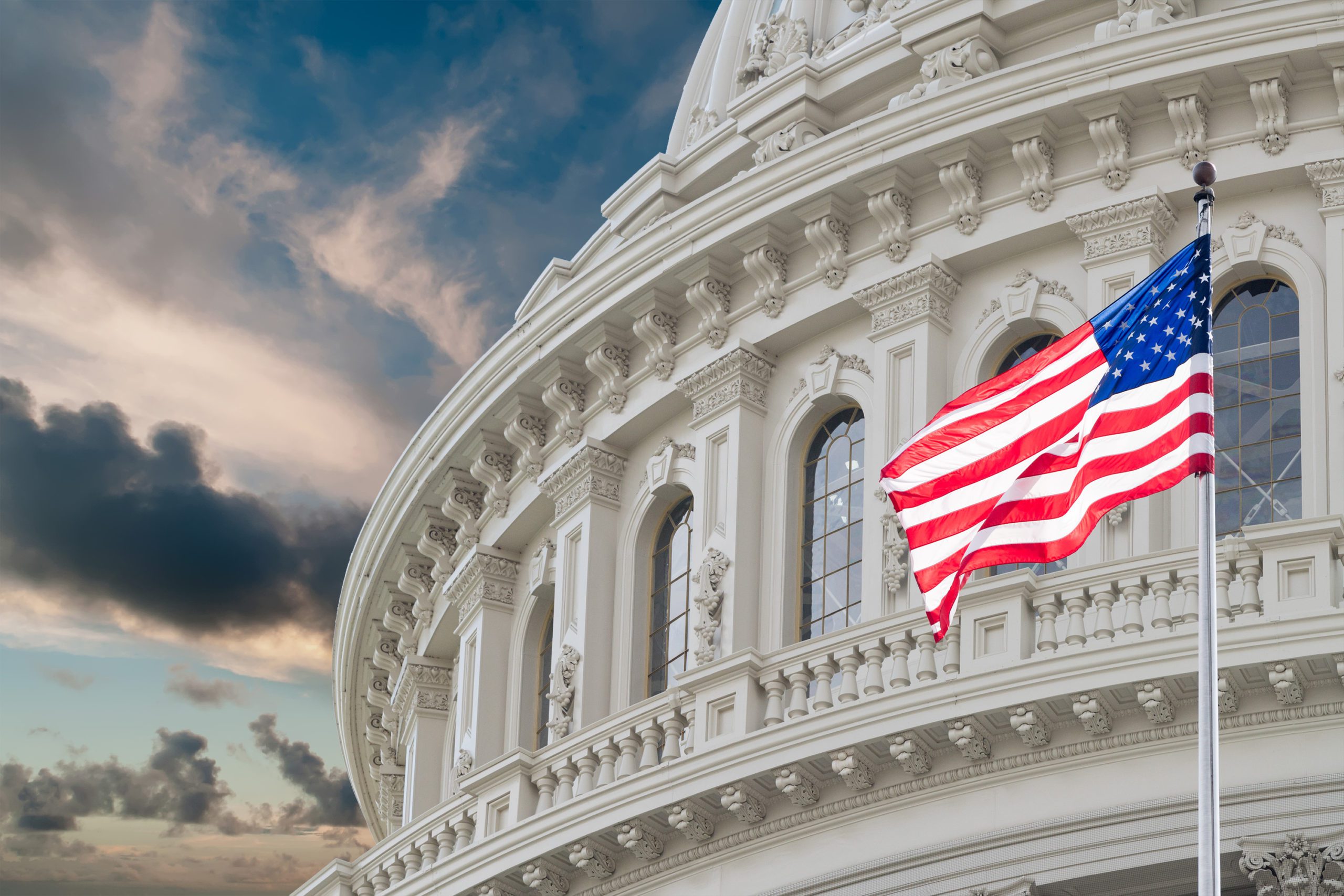Welcome to the first edition of Hotwire’s new PR & Politics HOTSpot!
With election season in full swing, it’s an ideal time to get up to speed on how a potential sea change in the political landscape will impact the future of the technology industry, its engagement with lawmakers, and regulation.
The Politics & PR Newsletter is a high-level, biweekly roundup of political and policy news customized for the technology sector, assembled by our D.C. public affairs partners at Allon Advocacy, LLC. We hope you’ll find value in reading these updates every other week through Election Day.

A Look at the Polls
With the conclusion of both parties’ (mostly) virtual conventions late last month, polling season for the November elections has begun in earnest. At the top of the ticket, former Vice President Joe Biden (D) has led President Donald Trump (R) in the national polls since Biden became the presumptive Democratic nominee late last year. Across the country, the aggregate of polls taken of likely voters of every political persuasion suggest that just under 50% of voters favor Biden as compared to just over 42% who back Trump. Biden’s approximate 7% lead in the national polls, while healthy, also represents a significant tightening of the race: at his peak, the former Vice President enjoyed a 12% lead over President Trump.
But national polling, while interesting, doesn’t tell us much when it comes to presidential elections. After all, winning the White House doesn’t require besting your opponent in the overall national race, but rather beating them in the state-by-state, and in some cases, district-by-district octagon that is the Electoral College. (Former Secretary of State Hillary Clinton knows this too well, having secured almost 3 million more popular votes, or 2% of all votes cast, in the 2016 election despite soundly losing the Electoral College tally.) The real data to focus on therefore is the polling from the key battleground states, including Michigan, Pennsylvania, Florida, and others, whose Electoral College votes will collectively decide the contest.
In these key contests, the data suggests the race is incredibly tight. Just six weeks ago, Biden led Trump in Pennsylvania by more than 8 points. Today? Biden is ahead, but the spread is now less than half that, at just over 3 points, and within the margin of error. In Michigan, Biden has since last year at times led Trump in the polls by more than 10 points. Today the difference between the two candidates stands at just about 2.5 points – the closest spread since the 2020 election cycle began. And in Electoral College vote-rich Florida, where Biden enjoyed an 8.4-point lead over Trump at the end of August, the President now finds himself well within striking distance, just about 3 points down.
With billions of dollars on political advertising scheduled to be spent between now and November 3, it seems a certain bet that the polls will continue to tighten further. But don’t let the national polling fool you: the presidential race is already closer than is being generally reported.

The Latest From Washington
Having spent much of the summer focused on two crises – the desperate need for additional pandemic-related support for affected businesses and individuals and concerns that the U.S. Postal Service may not have the resources required to accommodate an historic level of mailed ballots this November, Congress returns to Washington this month after its August recess having not yet dealt with either. With just a handful of legislative days remaining in Congress’ schedule before it leaves Washington again – this time to allow members to campaign for reelection – another crisis looms: unless Congress passes, and President Trump signs into law, a government funding bill by midnight on September 30, the federal government will shut down for the third time in the last decade. September therefore promises to be a sprint for federal lawmakers.
At the top of the list is consideration of extending a series of programs and facilities the government created earlier this year in response to the COVID-19 pandemic. With many of these programs now expired, including the Paycheck Protection Program (PPP) and expanded unemployment insurance benefits, for example, Republicans and Democrats in Congress and at the White House have struggled for the last several months to find agreement on reauthorizing the aid. Ultimately, the stalemate pertains to the question of spending. Senate Republicans, who are concerned that outstanding U.S. debt is now greater than GDP for the first time since World War II, could vote today on a “skinny” relief bill with a total price tag of just more than $1 trillion. House Democrats, on the other hand, have already passed a more than $3 trillion bill and have dismissed the GOP proposal as insufficient to meet the dire economic needs created by the crisis. Both sides would like to secure an agreement before the end of September if at all possible.
Complicating the landscape, however, is the end of the federal government’s fiscal year at the end of the month. With a total U.S. government budget of nearly $5 trillion, funding bills have become more and more difficult for policymakers to enact and there exists a real risk that, if no funding bill is passed by October 1, critical government services will be shuttered in the midst of the pandemic. To compound this already difficult political minefield, Democrats have become increasingly concerned that a Trump appointee at the head of the Postal Service may be sabotaging the USPS’ ability to deliver election ballots in a timely fashion this fall. The Democrats in the House have passed a bill that would provide $25 billion to the USPS and would restrict the ability of the Postmaster General to reduce service levels. Republicans in the Senate plan to include up to $10 billion for the USPS in their “skinny” COVID bill, with no language pertaining to levels of service and delivery for the Postal Service.
Functionally, Congress and the White House have three weeks to either find agreement on each of these issues – and to move implementing legislation through the machinery of the legislative process – to avoid potential catastrophe.

Tech Policy Roundup
- In late July, the House Judiciary Committee’s Antitrust Subcommittee held a very public hearing with the Chief Executive Officers of several of the most prominent technology companies in the world. In the weeks ahead, the subcommittee will release a report that makes recommendations to amend existing antitrust laws. A key recommendation is likely to be the implementation a “Glass-Steagall” for tech, which would prohibit large technology companies from competing on a platform that they run.
- The Federal Communications Commission’s deadline for public input regarding the White House’s request to narrow a liability shield enjoyed by internet companies – motivated in large part by President Trump’s concern that social media platforms censor conservative voices – expires next week. The FCC is expected to announce its response to the White House request prior to the November elections.
- Legislation that appeared fast-tracked for enactment in California, which would have held online marketplaces liable for defective products that injure consumers, was killed at the last minute of the state’s legislative session. The sponsor of the bill expects to seek to move the bill again next year.
- Also in California, a bill to transform the state’s financial regulator into a “mini-CFPB” was enacted at the very end of session. Accordingly, a new agency in the state – the Department of Financial Protection and Innovation – will, beginning next year, have significant statutory authority to license and supervise financial technology firms.
